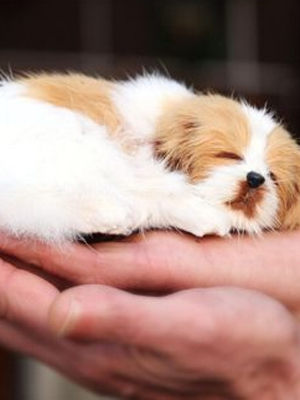The only descendant of Hasdeu family was Iulia, a prodigy child, born on 14th November 1869 and dead eighteen years later, on 17th September 1888 from an unmerciful tuberculosis. At the age of 11 she graduated at "St. Sava" Gymnasium and the Music Academy of Bucharest (piano and canto). As a pupil of the "Sévigné" College of Paris, where she continued her secondary school studies, Iulia aroused her teacher's admiration for her brilliant intelligence. She took private lessons in drawing, painting, piano playing and canto. She continuously wrote poems, prose and theater plays. At 16, she attended the Faculty of Letters and Philosophy at "La Sorbonne" in Paris. Meanwhile, Iulia attended courses at the School of Higher Studies in Paris. Her literary creation was to appear posthumously, under her father's careful watch, at "Hachette" Paris, in three volumes.
Deeply affected by his daughter's death, an event that dramatically shook and changed his life, Hasdeu started in 1893 to build a castle on a small piece of land in Câmpina. He claimed that his belated daughter provided the plans for building the castle during sessions of spiritualism (which took much of Hasdeu's imagination and time after Iulia's death). The building was completed in 1896. The castle is built based on the magic numbers 3 and 7, having, for example 3 towers, 3 underground rooms and steps formed of 7 steps each.
The ceiling of the main tower
The main entrance to the castle is a huge door made of stone, supposedly fixed on a diamond bearing. On the outside of this door is written the sign of Hasdeu's family and two texts: first is "pro fide and patria"(for God and country) and second is "e pour si move" ("nevertheless it moves") which encourages visitors to press this door of stone, which is easily opened and permits entrance to the castle. The door was sided by two stone thrones, on which there were carved Iulia’s main seven reincarnations, the twelve laws and the Pythagorean symbols (the pentagram and the seven circles). On each throne there was a woman sphinx, guardian of the entrance. Above the door there was the Eye of the World, and on the crenels one could read a date: July 2, the day when B.P. Hasdeu used to symbolically celebrate his two Iulias: his wife and his daughter.
The lateral doors had grids that symbolized the Sun; therefore they were painted in yellow and green-shaded blue. The exterior covers were provided with stained glass painted in the same shades, and above them there were two symbols: the cross in vertical position and beneath it the crescent in horizontal position. The windows of the Castle also had grids and stained glass intersected by a cross, and in the interior, on both sides, there were parallel mirrors. The role of the parallel mirrors is symbolic: with their help, all that get through there is infinitely re-created.
The ghosts' table
Inside, the monument is decorated with a fresco and marble, in various colors. In the tower from the left of the edifice there are the guest hall and the living room, both rooms being decorated with capital columns. In the living room there are the family portraits, painted on the wall, surrounded by laurel crowns. In the tower from the right, there are: the scholar’s office, the dining room and the room for the spiritualist sessions.
Chairs made for ghosts
The mural painting of the first two halls has flowers as main element, and they are the most lighted rooms during the day, because the Castle is orientated towards North, the right tower towards East and the left tower towards West. The room for the spiritualist sessions was obscure and on the walls there were painted symbols: an angel’s head, a triangle, a butterfly (as noticed in a photo of the original mural painting) and, most probably, other undiscovered symbols. Nowadays, the mural painting of this room hasn’t been restored.
A spiritualist manuscript and some ectoplasm photos will satisfy the curiosity of the visitor who asks himself how Hasdeu talked to his dead daughter. Through direct automatic writing, using cultured mediums, B.P.Hasdeu was receiving answers to questions related not only to Iulia's spirit, but also to his father's, Alexander, and to his grandfather's, Tadeu.
Sometimes, the written communications were reinforced by photographic sessions, the scientist being a pioneer of spiritualist photography in Romania. Since 1994 the Iulia Hasdeu Castle has been housing the "B.P.Hasdeu” Memorial Museum which displays furniture, personal belongings of Hasdeu family, photos and original documents, manuscripts, Hasdeu's reviews, many pictures made by Nicolae Grigorescu and Sava Henţia.
The study room of B.P. Hasdeu
From "B.P.Hasdeu" Memorial Museum, The Alexis Project. Photos by Adrian Gheorghe.




















No comments:
Post a Comment